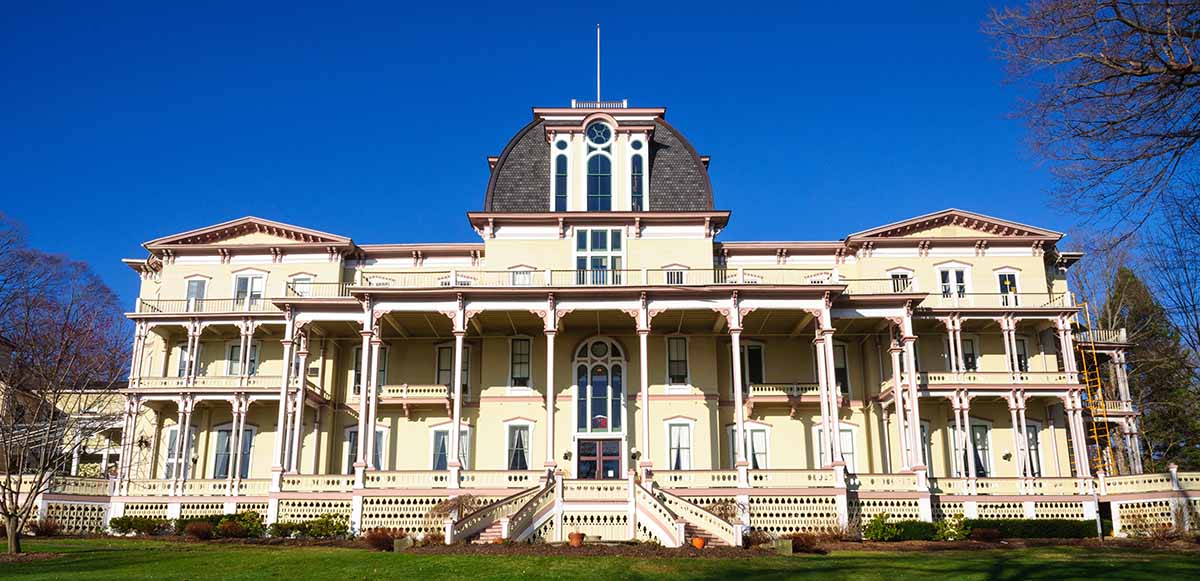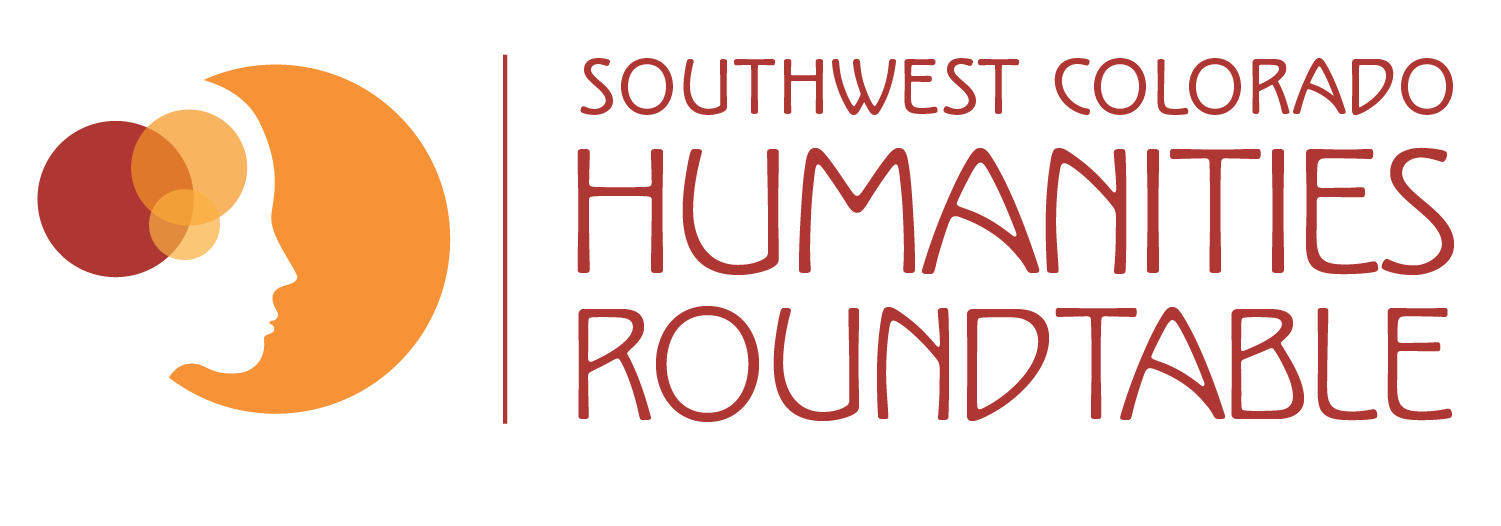Chautauqua
Chautauqua is a living history program that makes historical information fun and exciting to learn. Performers, in costume and character, bring historic characters to life through story telling.
Bringing History to Life
The present-day Chautauqua Institution, pictured above, is a community of artists, educators, thinkers, faith leaders and friends dedicated to exploring the best in humanity.
“Chautauqua” is an Iroquois word meaning “a bag tied in the middle” or “two moccasins tied together,” which describes the shape of Chautauqua Lake in southwest New York. This location was the setting for the famous Chautauqua Institution, which grew out of the movement to professionalize teaching. From its humble beginnings in 1874, the Institution had grown to be known nationally as a center for intellectual self-improvement and civic involvement by the turn of the century.
Soon, the movement began to tour around the country, presenting “cultural enrichment” like lectures, dance, music, and drama from coast to coast. In rural areas, the groups set up giant tents to act as traveling theaters. Presenters included scientists, politicians, actors, and international music stars–Mark Twain and Susan B. Anthony were among notable speakers. By 1924, 1,000 Traveling Chautauquas were presenting programs to over 40,000,000 Americans. Teddy Roosevelt once called the movement, “The most American thing about America.” But with the advent of radio and motion pictures, the popularity of the movement began to wane, eventually disappearing during the Great Depression.

The present-day Chautauqua Institution, pictured above, is a community of artists, educators, thinkers, faith leaders and friends dedicated to exploring the best in humanity.
“Chautauqua” is an Iroquois word meaning “a bag tied in the middle” or “two moccasins tied together,” which describes the shape of Chautauqua Lake in southwest New York. This location was the setting for the famous Chautauqua Institution, which grew out of the movement to professionalize teaching. From its humble beginnings in 1874, the Institution had grown to be known nationally as a center for intellectual self-improvement and civic involvement by the turn of the century.
Soon, the movement began to tour around the country, presenting “cultural enrichment” like lectures, dance, music, and drama from coast to coast. In rural areas, the groups set up giant tents to act as traveling theaters. Presenters included scientists, politicians, actors, and international music stars–Mark Twain and Susan B. Anthony were among notable speakers. By 1924, 1,000 Traveling Chautauquas were presenting programs to over 40,000,000 Americans. Teddy Roosevelt once called the movement, “The most American thing about America.” But with the advent of radio and motion pictures, the popularity of the movement began to wane, eventually disappearing during the Great Depression.
The Chautauqua Movement’s blend of education and entertainment can be seen as the predecessor of today’s TED talks, and the movement’s influence can also be seen in modern journalism, television, and politics. One of the lasting vestiges of the movement can be found in character presentations, in which a scholar dresses as a famous historical figure and delivers an unscripted dramatic monologue. This format allows the audience the opportunity to interact with a historical famous person. Today, state humanities councils have supported and grown the popularity of this unique and educational format.


